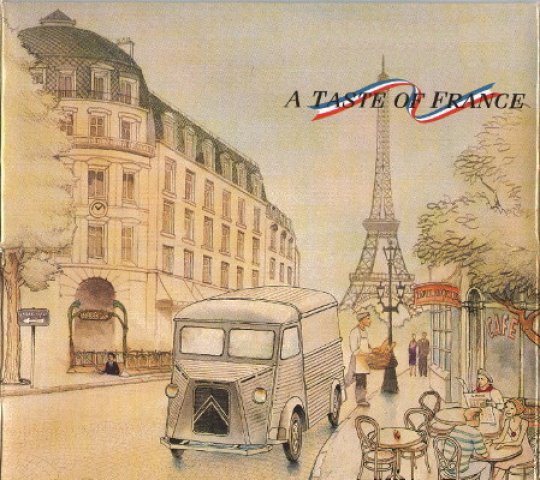The last HY Van left the factory 40 years ago today
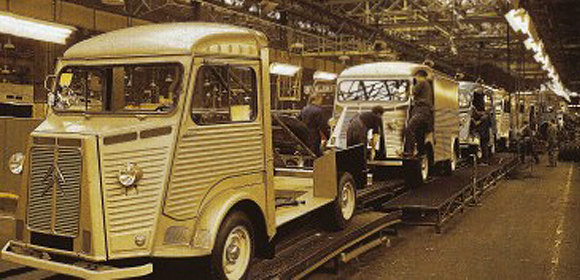
It was on December 14, 1981 that the last Citroën Type H, developed as a simple front wheel driven light truck after World War II, rolled down the assembly line in the Aulnay sous Bois factory, just northeast of Paris.
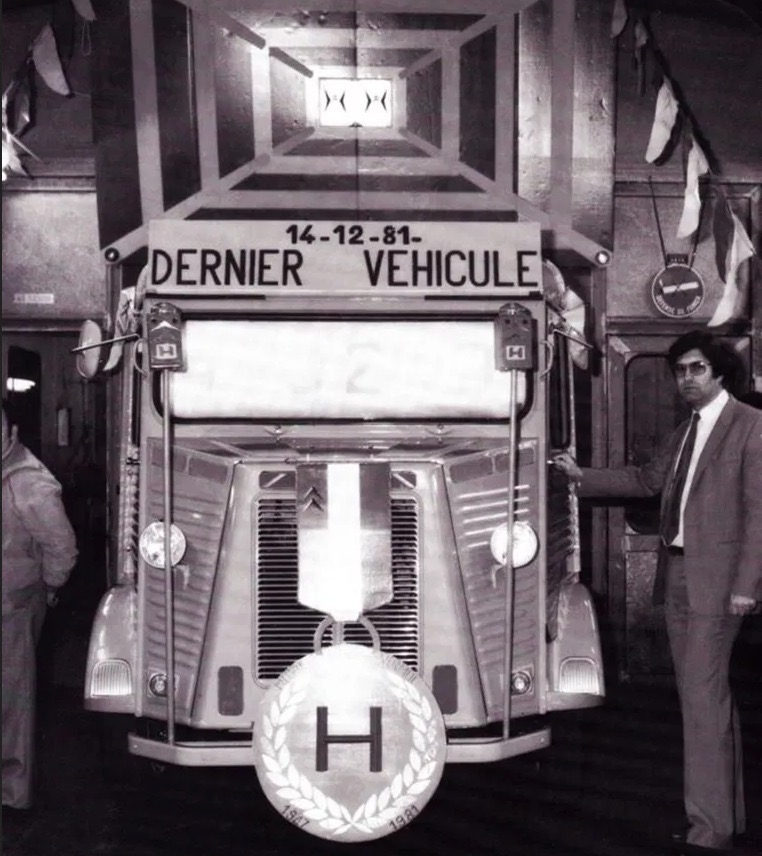
A total of 473,289 were produced in 34 years in factories in France and Belgium.
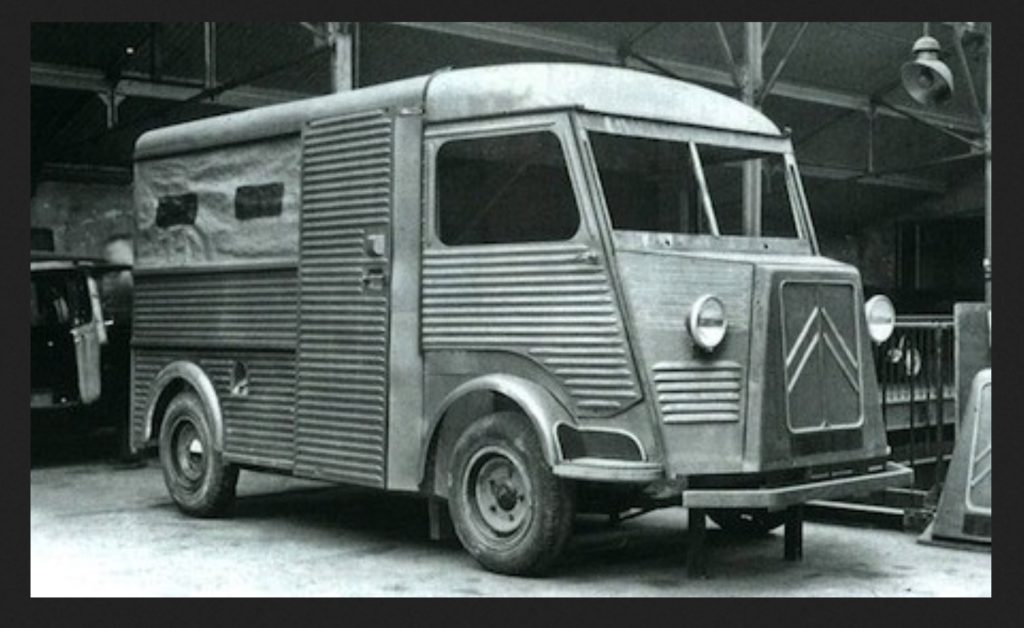
Citroën engineers and designers, spearheaded by André Lefèbvre, worked on 8 projects and only the last one was developed, giving it its name : “H”. Most Type H vans were sold as model HY. Other models include H (early versions), HX (lesser load capacity), HP (flat-bed pick-up), HZ, and HW (greater load capacity). For a time they were also sold as model 1600. When used by the police, it was called “panier à salade” (“salad basket”).

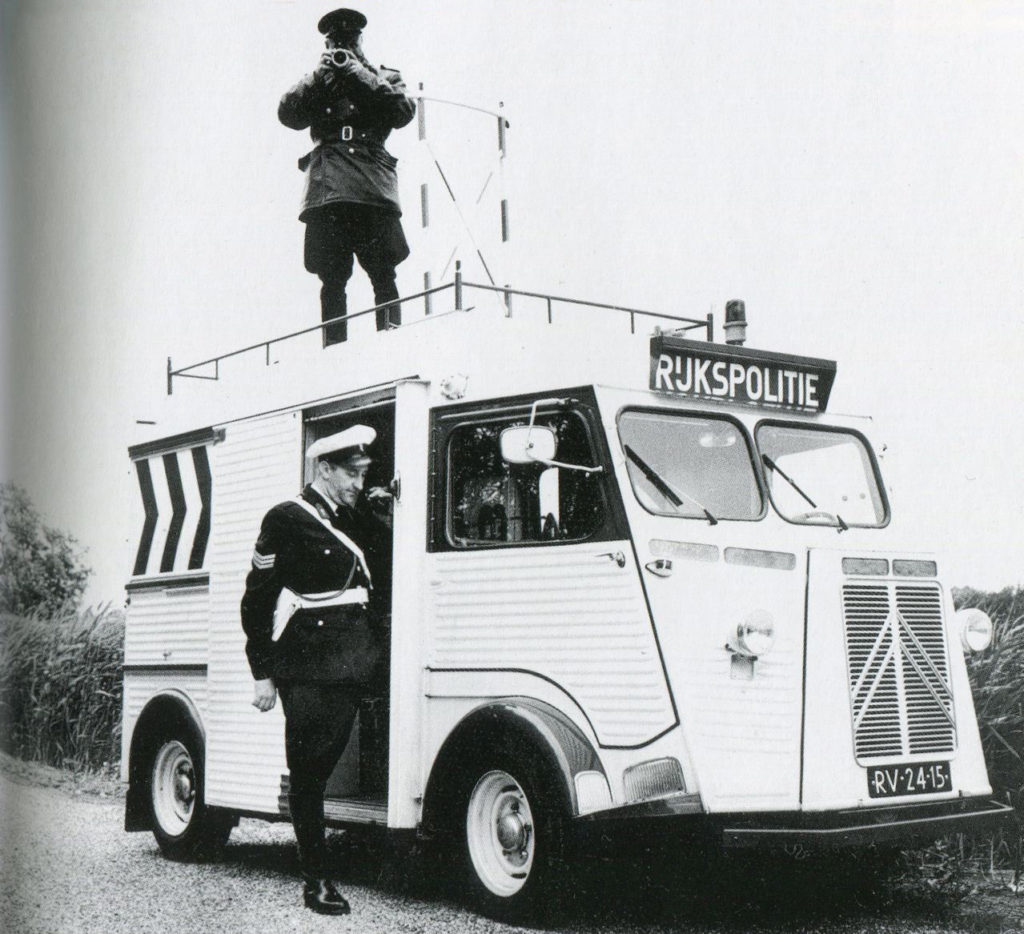
Like the Traction Avant, the H had a unitary body with no separate frame, front independent suspension, and front-wheel drive. For a commercial van, this combination provided unique benefits – a flat floor very close to the ground, and 6 ft (180 cm) standing height, with a side loading door.
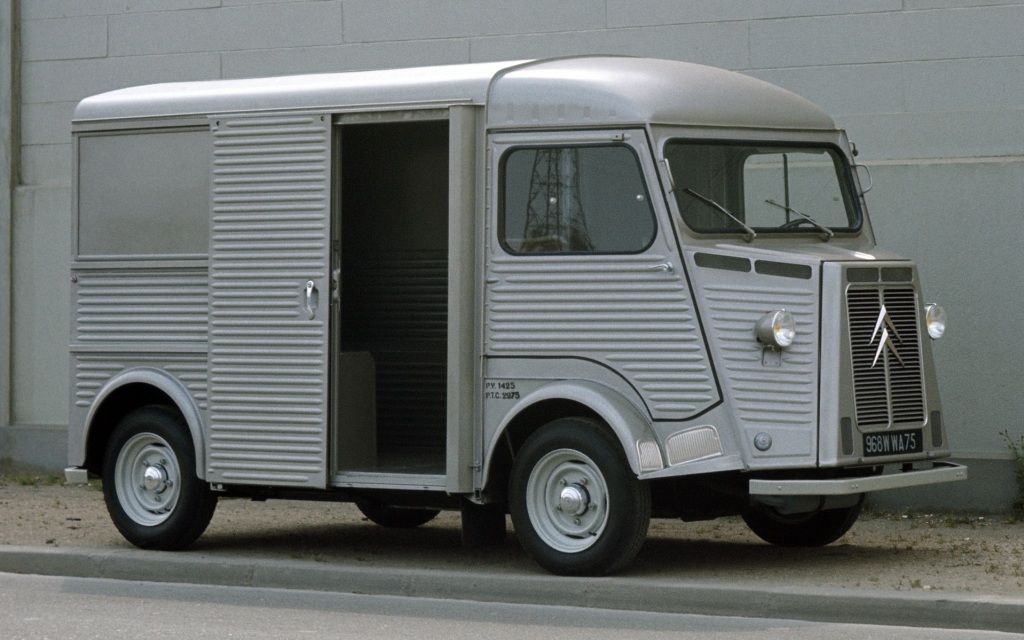
The distinctive corrugated bodywork used throughout the period of production was inspired by German Junkers (Aircraft) starting from the First World War until the 1930s. Henry Ford also adopted this construction for the Ford Tri-Motor passenger aircraft. The ribs added strength without adding weight, and required only simple, low-cost press tools. The flat body panels were braced on the inside by ‘top hat’ box sections, at right angles to the ribs. The welded floor was strong enough to support livestock.
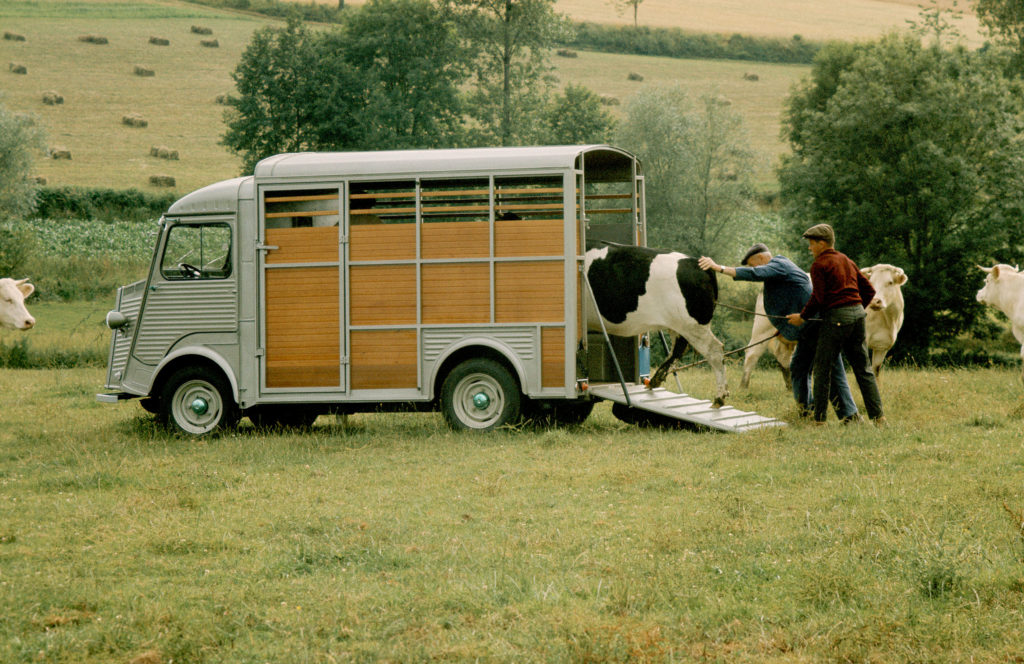
Most H Vans were sold in France, Belgium and the Netherlands. At the Slough factory in the UK a very small number of right hand drive versions were built. In the USA, the H Van could not be sold in the US as a commercial vehicle after 1964, due to the Chicken tax (a 25 percent tariff on light trucks imposed in 1964 by the United States under President Lyndon B. Johnson in response to tariffs placed by France and West Germany on importation of U.S. chicken).
The engine and gearbox are nearly identical to those in the Traction Avant and later the DS, only mounted with the engine in front of the 3-speed gearbox (non syncromesh on first gear) giving a modest top speed of just under 100 km/h. The headlights came straight from a 2CV, while speedometers were successively borrowed from the Traction Avant and the Ami 6.
The chassis and suspension layout provided good road-holding qualities for a van of the era, especially on the short wheelbase version.
The basic design changed very little from 1947 to 1981. Vehicles left the Citroën factory with only three body styles: the standard enclosed van, a pick-up version, and a stripped-down body which went to non-Citroën coach-builders and formed the basis for the cattle-truck and other variants. The basic version had an overall length of 4.26m, but vehicles were also available in a LWB version with an overall length of 5.24m.
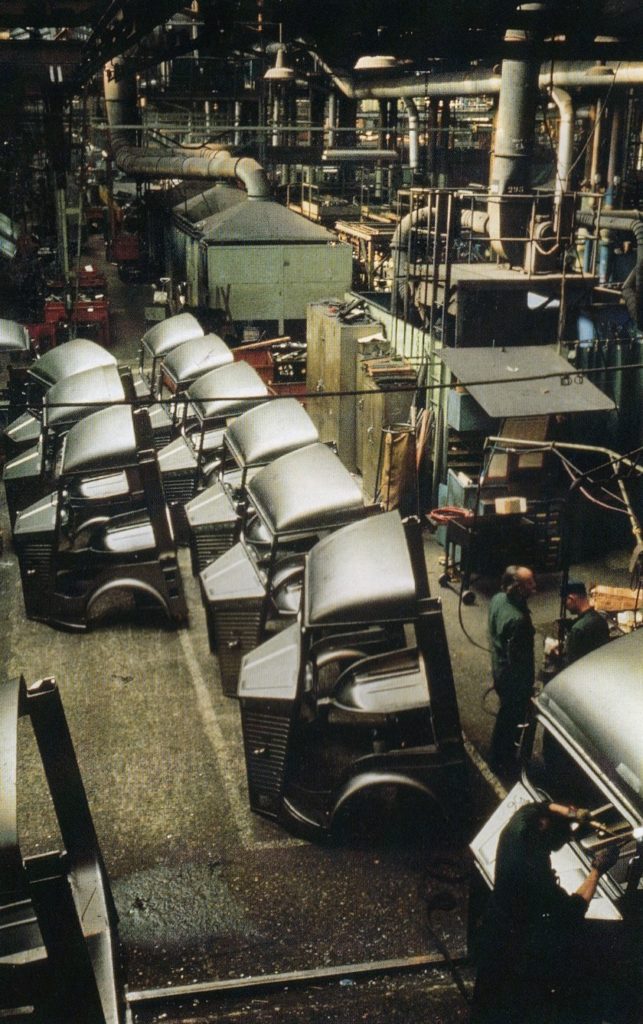

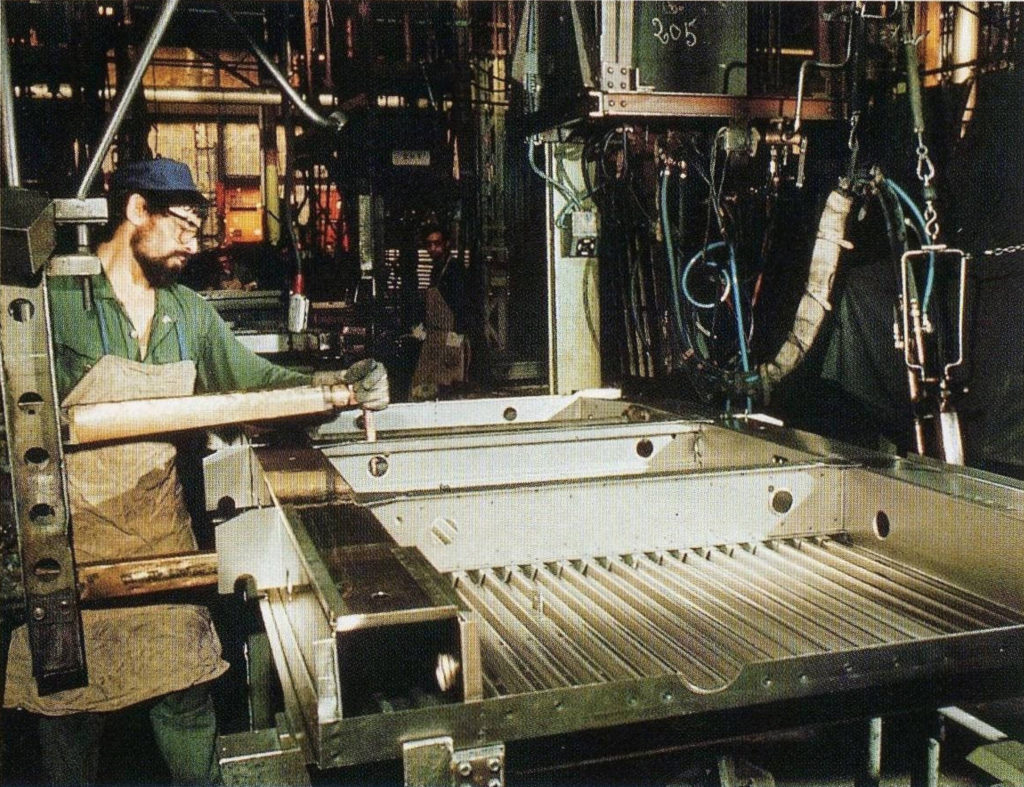
In September 1963 the earlier style rear window – a narrow vertical window with curved corners – was replaced with a square window the same height but wider. The hood was modified to give two additional rectangular air intakes at the lower edges, one for a heater, the other merely for symmetry.
In early 1964, the split windscreen used since 1947 was replaced with a single windscreen, while in late 1964 the chevrons on the radiator grille, previously narrow aluminum strips similar to those on the Traction Avant, were replaced with a larger version of the three-dimensional pointed style of chevrons found on the DS.

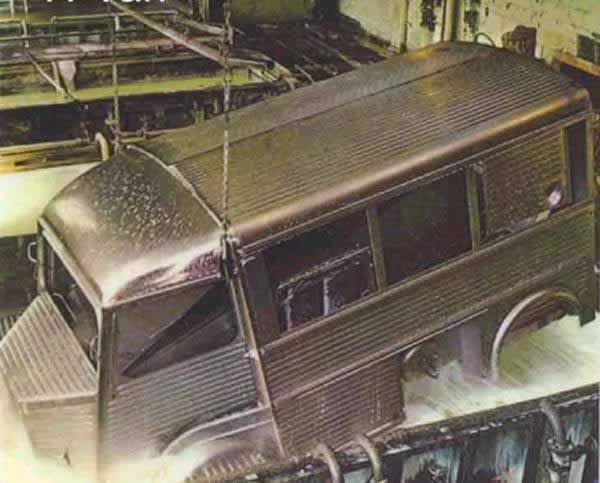
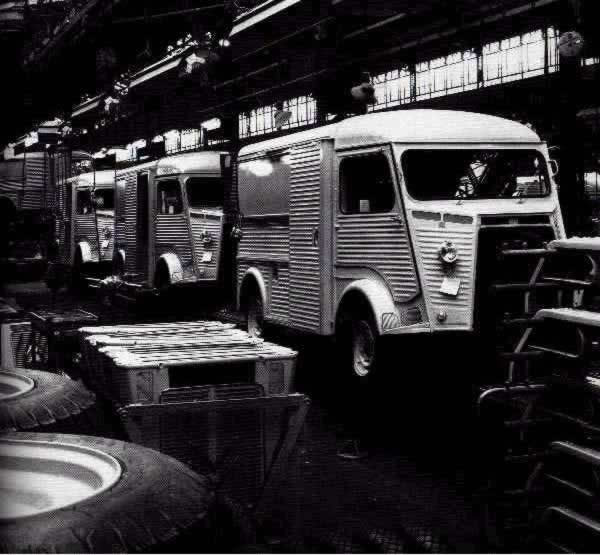
November 1969 the small parking lights were discontinued, the front turn signals were recessed into the wings, and the shape of the rear wings was changed from semi-circular to rectangular.
Rear hinged ‘suicide’ front doors were used until the end of production in 1981, except on vehicles manufactured for the Dutch market where conventionally hinged doors were available from 1968 onward.
The Type-H has become an automotive icon with prominent roles in films and videos and is sought after by mobile vendors to be their “chic” store on wheels. As a celebratory salute to the longevity and recognition of the H Van, we are pleased to offer this photo galley of food truck configurations:
